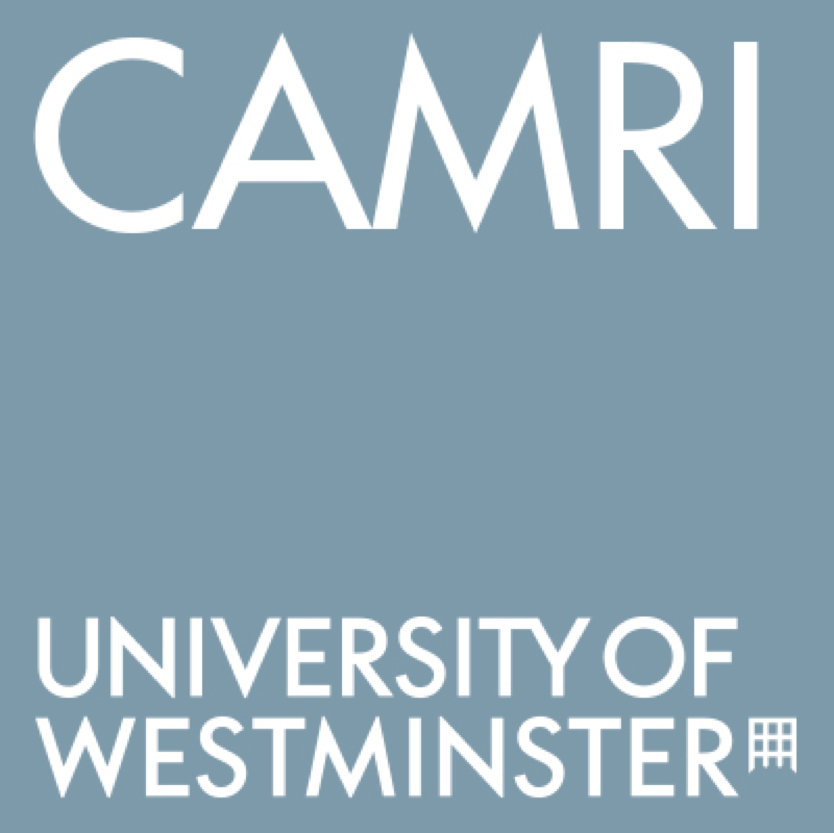When it comes to breaking the internet, Kim Kardashian’s got nothing on HRH Prince Phillip. She might as well swap the slinky silk blouses for sensible tweed and trade in her limo for a horse and trap, because our doughty Duke is unbeatable when it comes to global media popularity. Satellite vans of the world’s biggest news brands burnt rubber to the gates of Buckingham Palace when word leaked out in the early hours of an impending announcement.
.
A world on tenterhooks
Global speculation began when the MailOnline website published a story at 1am, Thursday about a “highly unusual’ emergency meeting called by the Lord Chamberlain, the Queen’s most senior officer of the Royal Household. Moments later, the story had crossed the Channel and the Atlantic, and the ever-present royal watchers and tourists were elbowed off their Mall vantage points by camera crews and besuited, stiff-haired presenters.
Quickly, momentum took a darker twist as a couple of brands in the UK and further afield mistakenly announced Prince Philip had died.
.
Was the Palace trolling us?
By the time I awoke and turned on Twitter, the trending #BuckinghamPalace hashtag revealed a world on tenterhooks… and the tension was palpable when the BBC and Sky completely ignored the story in their 8am bulletins. Was the Palace trolling us? Tweeters reported being late for work or putting back their bedtimes, unable to rest till they had the full picture. Bizarrely, it was actually a New Zealand-based media outlet, Newshub, who were the first to get telephone confirmation from the Palace that no-one had died.
How? Good old-fashioned phone bashing.
.
Why the media fascination?
What is it about Phillip that has commended such global media fascination since he walked Princess Elizabeth up the aisle? Well, that wedding was one of the world’s first media spectacles after all. The vision of an unerringly manly man, a Royal Navy officer, being willing to take a back step and take a supportive role to a woman and, later, a mother was captivating to many.
Back when I worked at the Liverpool Echo, I was one of just two journalists allowed to follow the Queen and Prince Philip on a tour of Lever Brothers’ soap works at Port Sunlight. Her Majesty remained dauntingly formal and not a little dour throughout, but a grinning Phillip, doffing his impeccable headgear, was straight over to us for a chat.
.
An easy man to cover
His relationship with journalists was and remains unerringly affable, perhaps deliberately taking the tension out of formal events. His famously unguarded candour, sometime hilarious and infrequently cringe-worthy, ensures a steady drip feed of “Man Bites Dog” level headlines wherever he may tread. In an age of visual media, the Duke is a picture-opportunity par non. Whether bedecked in dandy garbs or hurtling cross country at the reigns of a horse-drawn carriage, the world continues to be fascinated by how a man of his age can remain energetic is almost superhuman ways. He’s Bond-like, indestructible.
.
Intriguingly unknowable
The world has always been fascinated by our monarchy and its role in Brand UK. While their images may be etched inside the eyelids of almost everyone across the planet, the senior Royals are intriguingly unknowable. Philip, despite his Mediterranean connections, reflects stereotypically British upper class masculinity, that raging testosterone channeled into sartorial elegance and charging around the British countryside. With so much political, social and economic flux, and Brexit drawing ever more attention to us as a sovereign state, it’s not surprising that this 95-year-old figurehead serves as something of a consistent and enduring reference point in uncertain times.
Photo by Hailey Wagner on Unsplash
.












